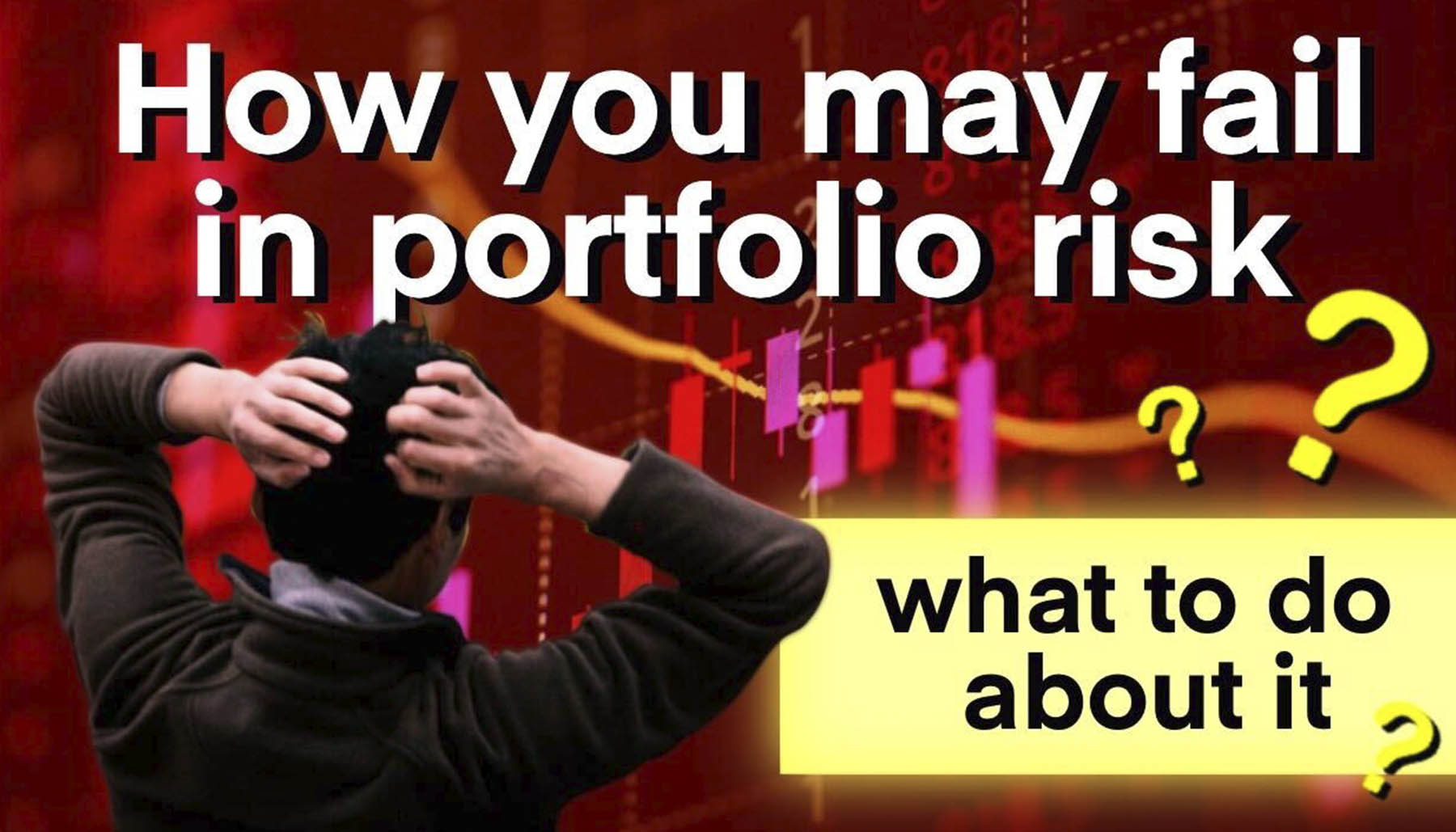
From Client to CEO: Does Portfolio Crash Testing Really Work?
At Larkspur-RiXtrema, we create great tools for advisors. Our tools combine quantitative rigor with user friendly interfaces and often, a measure of prospecting to help an advisor grow their business.
Lately we have been focusing many of our blog posts on Portfolio Crash Testing (PCT). Those of you who have spoken with me about PCT know that it is my favorite offering. I believe that it is the best tool on the market to facilitate a conversation about risk between an advisor and client. While PCT makes the risk conversation easy, an advisor can be assured that the analytics behind the scenes are as robust as those used by institutional asset managers.
This is because the models and algorithms that power PCT are exactly the same as those that power Riskostat – our institutional risk platform. Riskostat is the product that launched RiXtrema in 2010. Research published by the RiXtrema team and used in the development of Riskostat won the Peter L. Bernstein Award for top article across all Institutional Investor Journals.
Firsthand Experince
Prior to becoming the CEO of RiXtrema, I was an asset manager, and soon after RiXtrema was founded, I became a client of the Riskostat software. My first implementation of the software was when I was the Chief Risk Officer for an outsourced CIO firm. Part of our mandate was managing a large defined benefit pension plan (DB Plan). We had two requirements for a manager to be considered on our platform for potential investment in the DB Plan:
- The manager had to agree to be an ERISA fiduciary to the plan, and
- We had to have complete transparency (holdings, terms & conditions, etc).
These requirements were generally not an issue for most equity and fixed income managers. But it was interesting how many well-respected and well-known hedge fund managers declined to be considered because of the ERISA fiduciary requirement. They were more willing to accept the provision to give us holdings, mostly because they figured that their strategies were too complex for an OCIO to understand or model, so there wasn’t much harm in looking under the hood, so to speak.
And these strategies were complex. Combined they contained almost every type of derivative in use at that time. To utilize the information, I had to be able to model almost everything. For this, I used Riskostat. Very few systems could handle such a diverse set of assets, model risk and perform scenario analysis in such a robust way and provide the results so quickly.
So does it work?
But the question that always comes up, no matter how simple or complex the modeling, is does the system work? How can we trust the scenario outcomes? Since 2008-9, there hasn’t been another crisis, so how do we know the system will work for the next crisis? In the next few posts I will discuss this point in more detail. But one way I know that the system provides credible results is that the work we did on the hedge fund portfolios turned many skeptics into converts. The modeling we did of their strategies was so good that many hedge funds adopted the Riskostat platform for their own use.
Another way we know the system works is by looking at events that are stressful, but not of the magnitude of previous crises. And there have been several such events that show the system works. I personally experienced several of these events in real time, and they helped shape decisions I made in the DB Plan. In the next post I will share one of the more interesting stories. Read the next post here: The Proof Is In The Pudding: How portfolio crash testing worked for me.
Click here to listen to Larkspur-RiXtrema CEO Yon Perullo as he discusses financial advisor tools that enable them as fiduciaries




Pingback : The Proof Is In The Pudding: How portfolio crash testing worked for me.
Pingback : Risk Modeling in the Past and Future with Portfolio Crash Testing